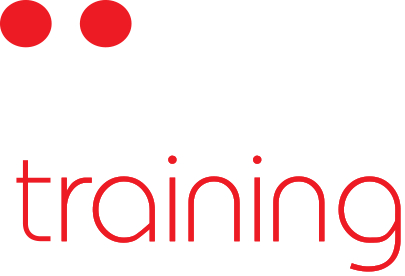When training employees or other individuals on a new system, with new technology, or using new methods, there can often be some challenges. Grasping material of the IT persuasion can be difficult for some, especially those who may be intimidated by advanced technology. Never fear, however, for there are many ways to make the training process a whole lot smoother, resulting in all around success.
1. Clear, concise language.
When training for a new skill, particularly for understanding of a more complex IT system, it is vital that the training occur in clear and concise language. Training involves boosting the abilities of individuals of ALL skill levels. When teaching something such as a computer program or how to understand new equipment and technology, it's most helpful to use the most basic language as possible. Often, this is referred to as "layman's terms." Teaching IT skills in particular requires this tactful sort of presentation, as concepts in this realm can be confusing for many. When training employees to utilise new software, this type of language is best, and an approachable teaching style can be augmented by written guidebooks or handbooks detailing all steps of a procedure in more extensive, easier to grasp, detail.
2. A variety of methods.
People learn in all different ways. Because of this, any training program must be undertaken with plenty of time and resources available for further discussion and processing. While many are visual learners and can absorb material fully through reading and visuals, others are auditory learners, who will need to process new information through hearing and possibly through repetition. Still more are those who best learn through discussion, examining the new material and concepts from different angles and looking at various scenarios and circumstances. Some learners grasp the bigger picture first, then moving on to sift through the details, while others must learn in a detail-oriented, step-by-step manner which leads them successfully to embrace the larger concept as a whole. Successful training should cater to, and allow for all these methods of learning.
3. Encourage questions and discussion.
Even the fastest learners will have questions. Training in IT can be overwhelming for many, as new technology can feel awkward and unfamiliar. For your trainees to grow most comfortable with their new skills, it is necessary to encourage frequent questions and discussion. In a blended training approach, the trainees can access further information, guides, or discussion groups facilitated by knowledgeable individuals, online or in person. Having these resources available can greatly enhance the training process, leading to faster knowledge and skills acquisition and improved overall efficiency.
4. Ongoing learning.
Learning is a process. When taking on a new skill in the world of technology, it's important to remind trainees that developing new skills and understanding takes time. As skills grow and improve, further questions may arise. Problem-solving abilities will be gained in the face of errors, issues, or malfunction, and a focus on ongoing learning can help ease these obstacles through a smoother transition. As employees train, it will be necessary for them to have access to continued support, whether for database and program troubleshooting, or if and when they encounter an issue of confusion or make an error. Ongoing learning helps everyone in the workplace continually build on their existing knowledge, which improves efficiency and productivity and ultimately contributes to an overall sense of teamwork and excellence.

